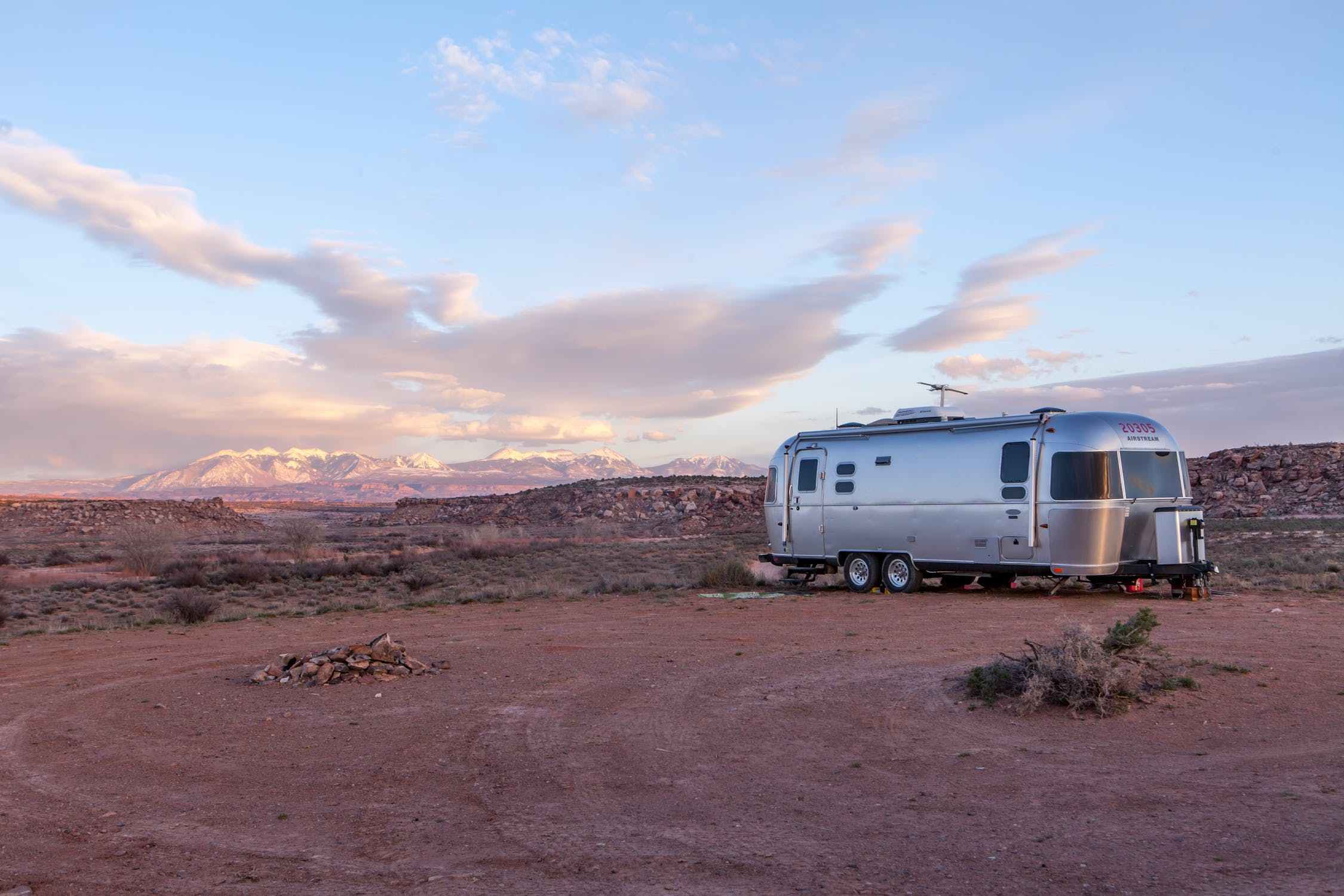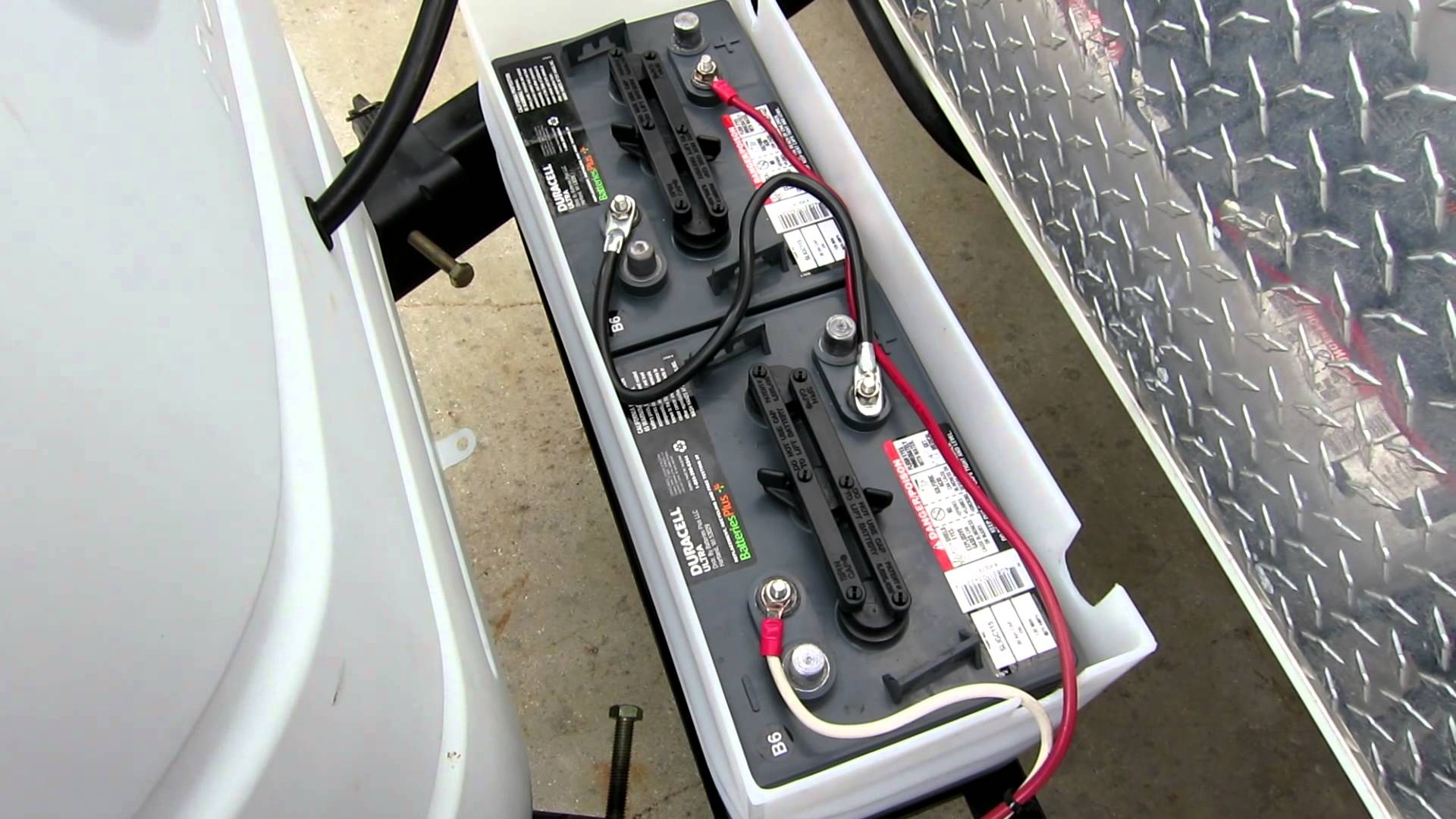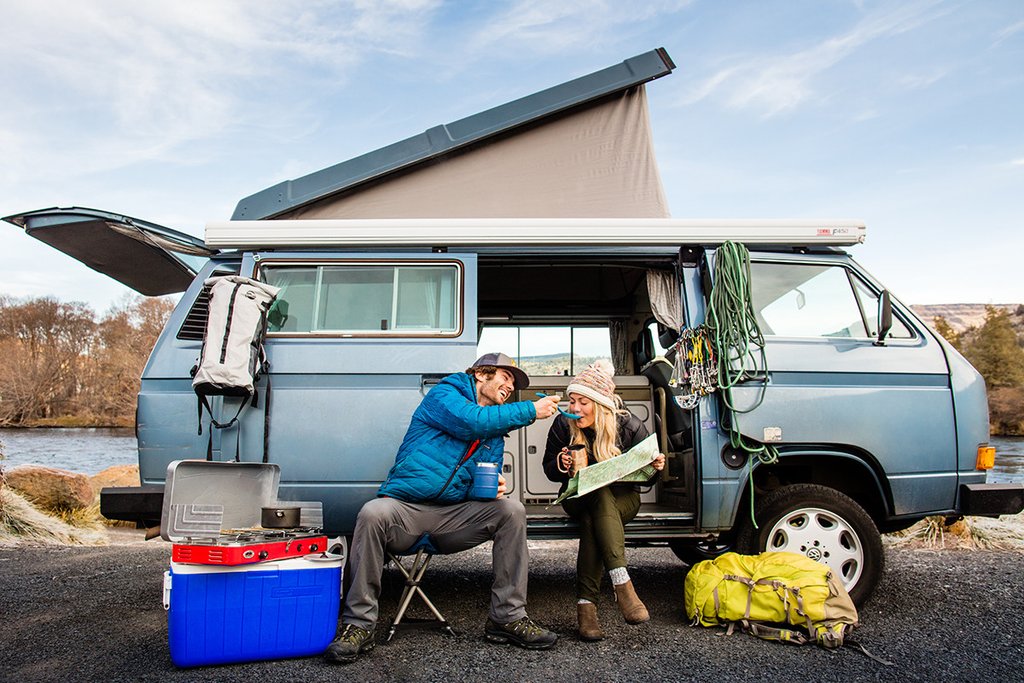For the average RV enthusiasts, nothing offers more enjoyment than to sit down and enjoy some TV shows after a long day on the road. Nowadays, with the extensive reach of satellite channels, RVers could comfortably watch various programs on television as they travel around. People that live on recreational vehicles often purchase an RV specific television set but among part-time RVers, many ponder the idea of bringing TV household receivers onto their vehicle. As a result, “Can I use my home DirecTV receiver in my RV?” is a question that troubles multiple RVers.
Contents
Working Principles Of DirecTV Receivers
So you are new to RVing and wonder if home Directv receivers would work without a hitch in recreational vehicles? In that case, you have come to the right place. This article shall show you everything you must know about Directv receivers and the way they operate in different setups. Generally speaking, you should be able to adapt your household receiver to your RV if you firmly grasp the fundamentals. Take a good look at the following information and you could answer the question of “Can I use my home DirecTV receiver in my RV?”
To put it plainly, it’s possible to watch channels on DirecTV network everywhere if you have 3 things besides a TV: a receiver, an active account and a satellite dish. As you already know, the receiver is a box the size of a DVD player that you receive from the network provider after you subscribe. Regarding the account, as long as you manage to take care of the subscription expense then it would remain active. As for the satellite dish, it’s highly likely that you need to invest in an RV portable dish unless your vehicle currently possesses one.
If you have to put together a satellite dish on your RV from scratch, here are a couple of issues you should keep in mind. First, the dish requires power to operate so you have a total of 2 options: cat batteries and gas-powered generators. Whatever options you choose, you need to get components accordingly. Second, the satellite dish must be supported by a tripod, the cost of the tripod varies between a few dozen to over a hundred dollars. Third, get a compass with degrees as to get the dish in position, it’s necessary to perform thorough calibrations.
>> Read more: 11 Best RV TVs For The Money <<
Arranging Directv Receivers On RV: A Step-By-Step Guide
When it comes to “Can I use my home DirecTV receiver in my RV?”, the most common answer from experts is “Yes, with proper setups”. In fact, the same answer could also be applied to “Can I use my home DISH receiver in my RV?”. All things considered, the way you assemble your RV television set is the decisive factor.
Step 1: Connect Every Component Together
To get your TV working, drop by an electronic store to grab some TV cables, you are going to need such cables to connect the satellite dish and the box. In order to connect your TV to the box, an HDMI cable should be sufficient. If you happen to have a one-wire system, simply hook the dish to the cable hookup and connect the interior end to the box. On the other hand, if you go with a two-wire system for your dish, you might need to hardwire in a second position though you could run everything through the window if you want.
Step 2: Orient The Satellite Dish
Through your GPS, you should be able to figure out the latitude as well as the longitude of your location. After that, put all the numbers into the TV cable box for the setup assistance. In most of the case, you would obtain 3 pieces of information from the box that help you orient the satellite dish: azimuth, elevation, and tilt. Have no idea what azimuth is and its associated meaning? Well, it literally shows you the ideal point of aim in a simple 360-degree pattern. For example, if the azimuth is 180 degrees, point the dish of your RV due south.
Step 3: Enjoy Your TV Shows
Once the dish is in position, the receiver should take 5 minutes or so to download some stuff and after that, your TV would come on. At that stage, you have nothing to do but to get the most of your television entertainment as you travel. The only minor downside is that you could only get local channels if you are within 200 miles of the signal but other channels work fine. Want to put the DirecTV receiver back into your house after you return from travels? Simply re-enter the local Zip code into the menu setting, the satellite dish of your house is already aimed.
Frequently Asked Questions About Moving Receivers Between Setups
- How legal is the practice?
We all know how to answer the question of “Can I use my home DirecTV receiver in my RV” by now but a new concern comes up: “Is it legal?”. In this case, DirecTV proves to be quite perceptive but if you keep sending the monthly payment, nothing would happen. Even if you become a full-time RVer and barely return to your house, you could still access DirecTV programs. Nonetheless, you should maintain a low profile if you cross the border due to the licensing agreements between content providers.
- Is it truly worth it?
The total expense of bringing home DirecTV receivers to recreational vehicles often amounts to a few hundred dollars at most. For RVers that intend to spend more than a couple of weeks on their vehicles, the expense definitely seems reasonable. Regarding time and effort, it should take less than 15 minutes for you to set up the system if you get the hang of the process.
- When it comes to satellite dishes, who offer the best?
Nowadays, there are many reputable brands that provide RVers with dishes designed for recreational vehicles. About market popularity, 3 names stand out from the rest: Winegard, KVH Industries and King Controls. Prioritize products from these manufacturers while shopping for satellite dishes.
Last Updated on March 28, 2019






